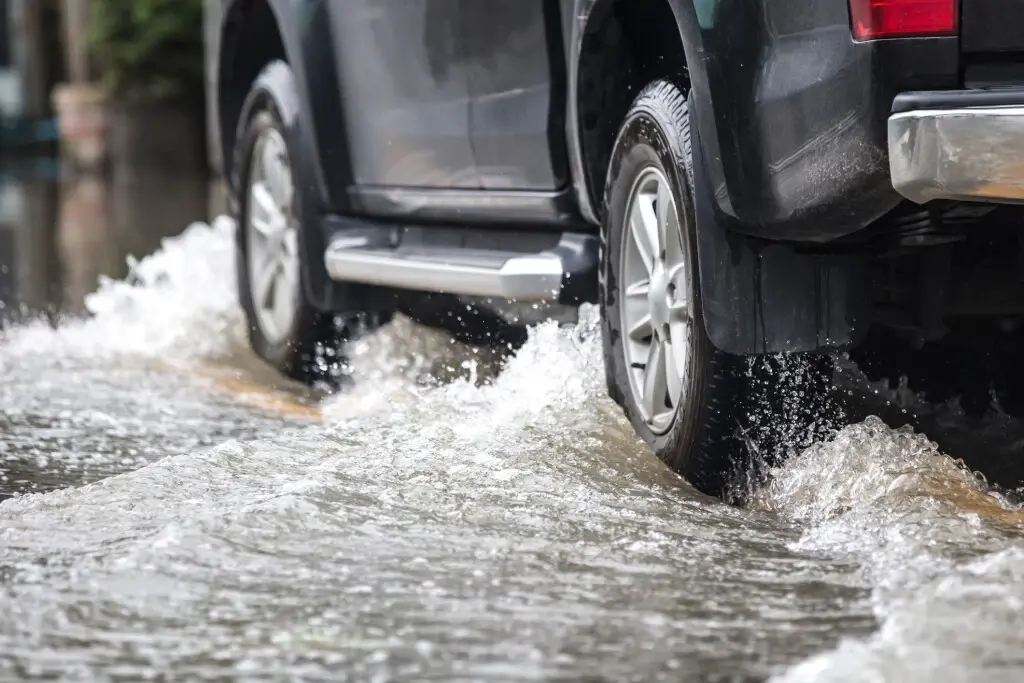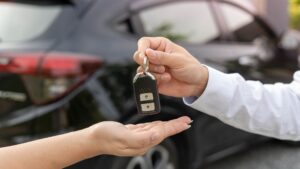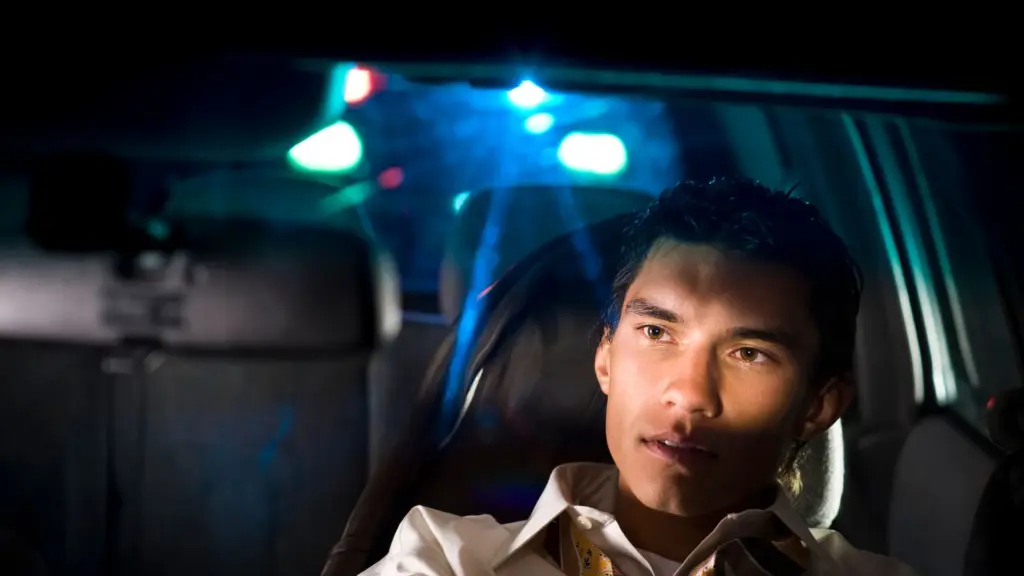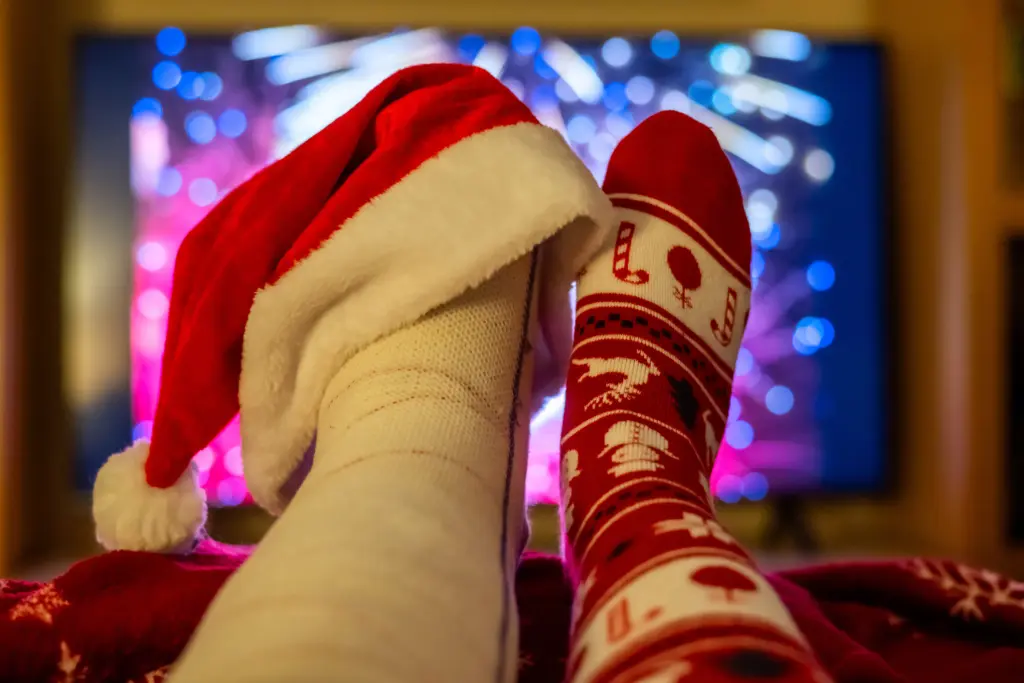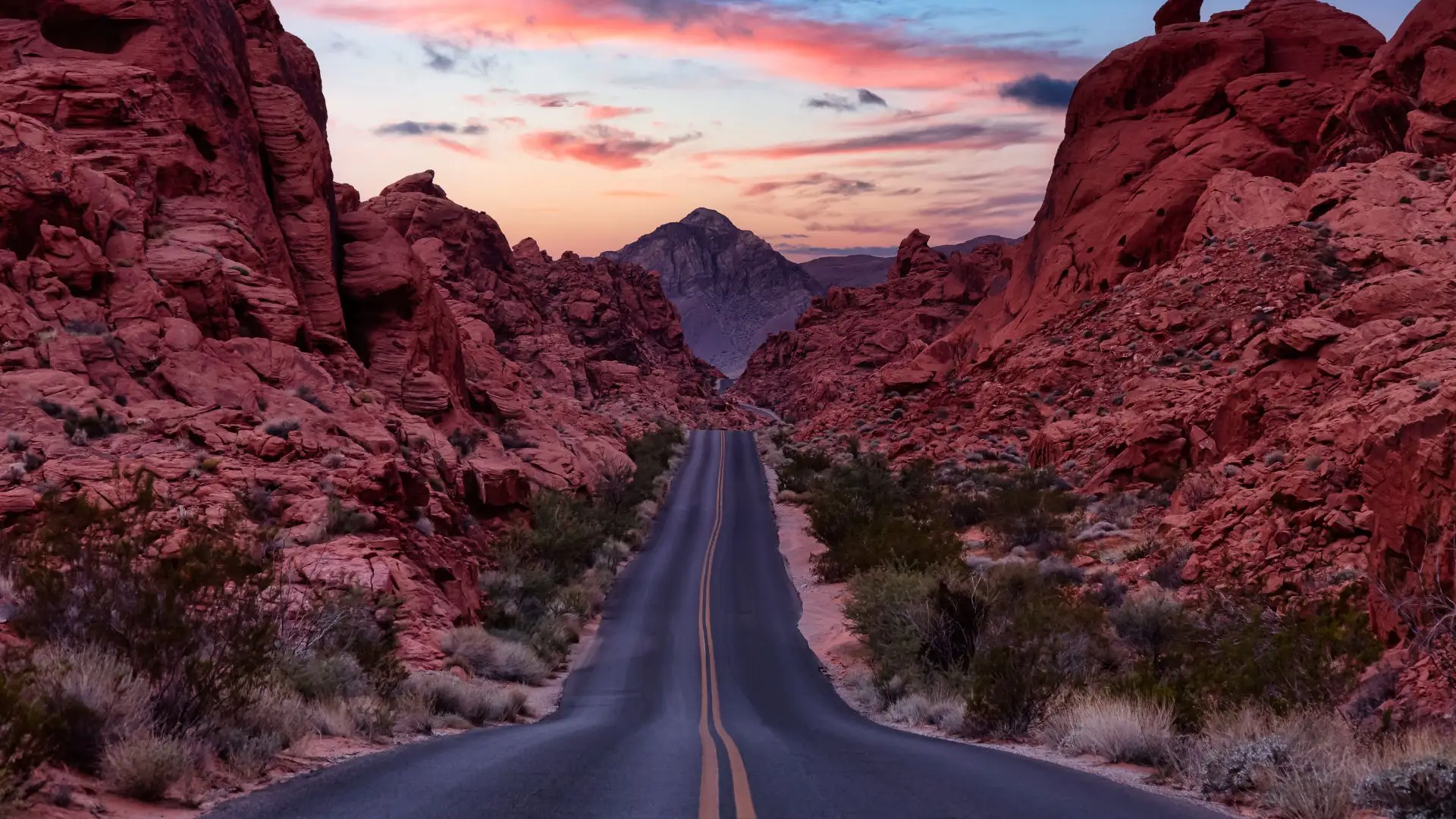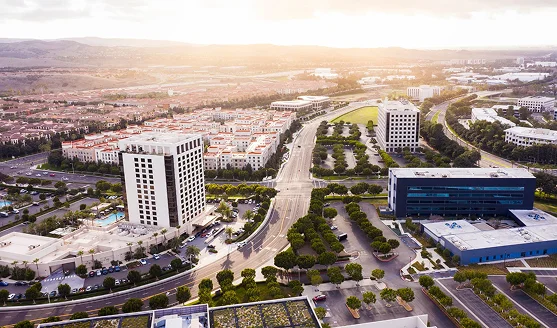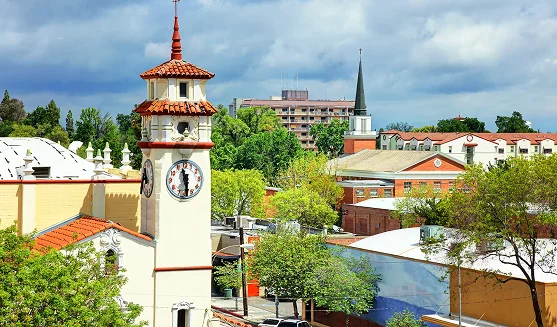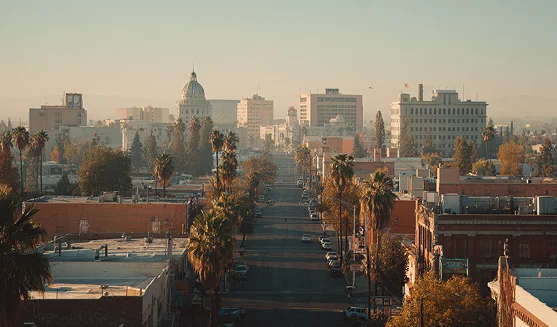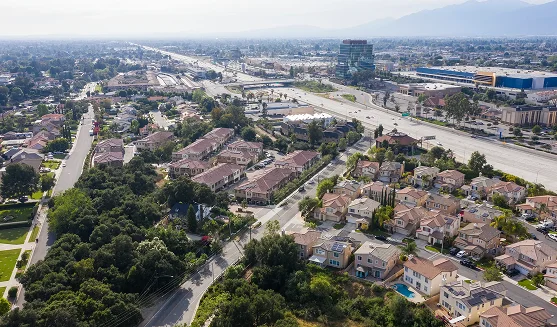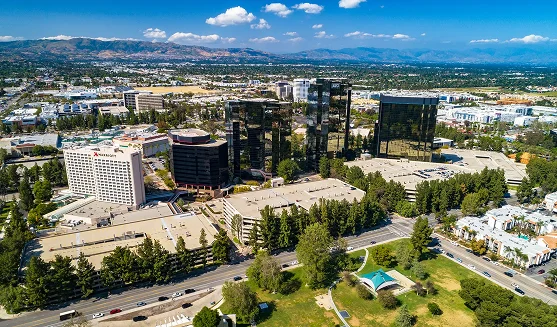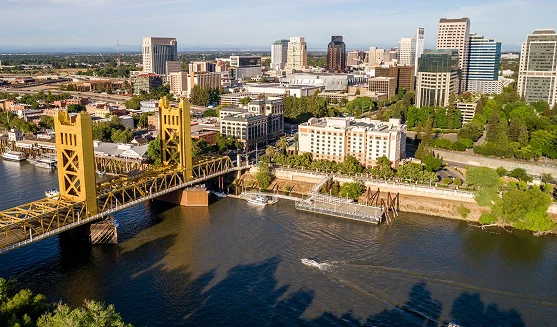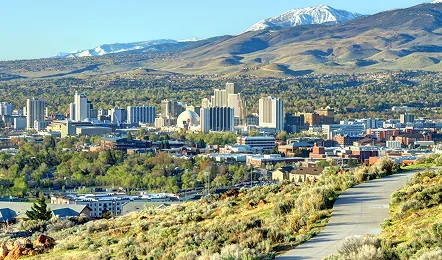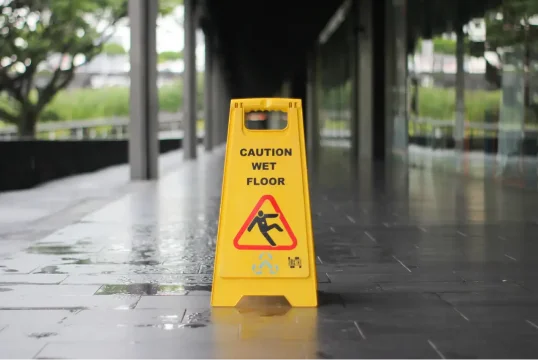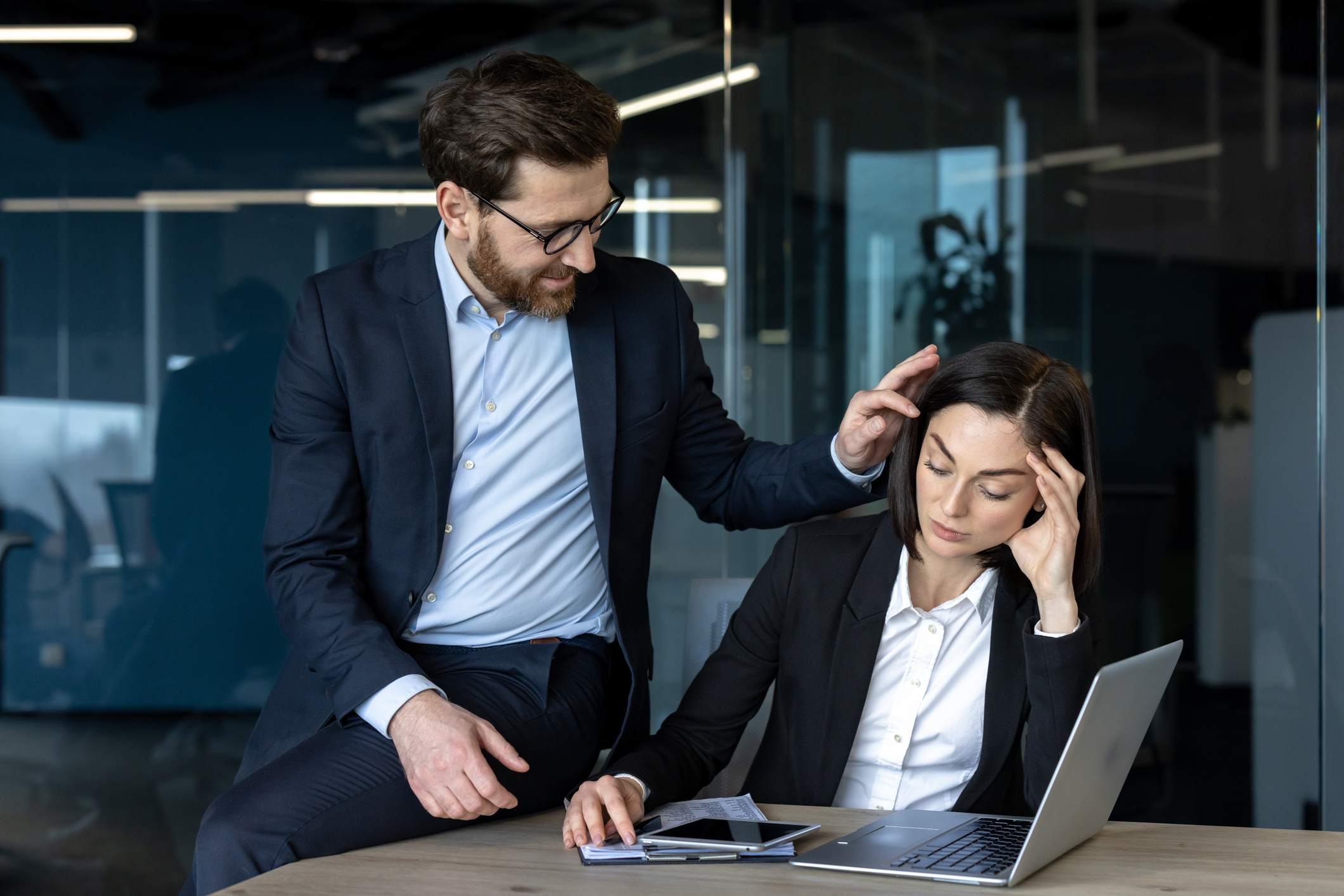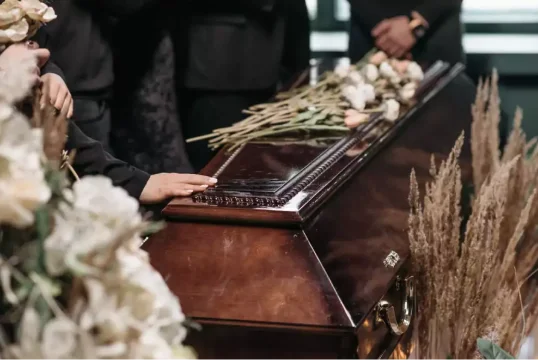Hydroplaning, also known as aquaplaning, can be a pretty scary experience when driving in the rain. However, knowing how to avoid hydroplaning or even regaining control of your vehicle is critical for your own safety as well as others. The U.S. Department of Transportation shows that there are 1.2 million weather-related crashes each year, and at least 5,400 fatalities as a result.
If you’ve ever encountered a frightening situation while hydroplaning or driving in the rain, we’ll share some tips to help you feel safer and possibly even prevent it from happening the next time you’re on wet roads. Additionally, if you’ve been injured in a hydroplaning accident, we’ve included advice on potential legal steps you can consider.
How to Avoid Hydroplaning: What Is It?
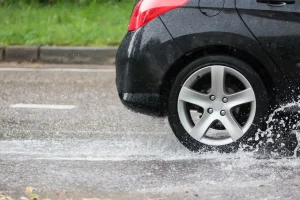
Hydroplaning occurs when your vehicle “floats” on a thin layer of water on the road, causing a loss of traction due to water accumulation between the tires and the road surface. Hydroplaning may occur when there is standing water and higher vehicle speeds. Hydroplaning can also occur anywhere roads are poorly maintained roads or have potholes.
With enough water on the road, you can actually start hydroplaning at speeds as low as 30 MPH. On the other hand, if you’re driving too fast for conditions, you can hydroplane over thinner layers of water.
When driving in the rain, it is important to slow down and keep your eyes out for standing water. In general, you’ll find other cars driving around the patches of standing water, or you can see large pools of water via reflections of light.
Is Hydroplaning Your Fault?
In California, fault for hydroplaning depends on the state’s fault-based system and the incident’s details. Drivers must adapt to wet roads by slowing down, keeping safe distances, and maintaining tires. If speeding—like going over 35 mph on a slick road—or poor upkeep causes an accident, you’re likely at fault. Courts and insurers see hydroplaning as preventable, not an excuse. Fault may shift if bad roads or defective tires contribute, and California’s comparative fault rules could split liability if others are partly to blame. That’s why evidence like police reports and eye witnesses are crucial.
Causes of Hydroplaning
Hydroplaning is a complex phenomenon that can occur due to a combination of factors. Understanding the causes of hydroplaning is crucial for safe driving on wet roads.
Road Conditions
Road conditions play a significant role in hydroplaning. Wet pavement, standing water, and puddles can all contribute to this dangerous situation. The Federal Highway Administration emphasizes the importance of caution when driving on wet pavement, as it can be particularly hazardous. Roads with poor drainage or those experiencing heavy rainfall can accumulate a high water film, increasing the risk of hydroplaning. Always be vigilant and adjust your driving to the road conditions to avoid losing control.
Vehicle Factors
Vehicle factors, such as speed and weight, can also contribute to hydroplaning. Vehicle speed is a critical factor; the faster you drive, the higher the likelihood of hydroplaning. Heavier vehicles may be less susceptible to hydroplaning due to their greater weight and traction. However, even the best tires can lose traction on wet surfaces if the vehicle is traveling too fast. It’s essential to manage your speed and be aware of how your vehicle’s weight distribution affects its handling on wet roads.
How to Recognize Road Conditions That Causes Hydroplaning
Recognizing road conditions for hydroplaning can include seeing puddles and standing water, identifying dips in the road where water can pool, and watching other drivers avoid the still water.
It’s important to scan the road ahead and see potential areas where water can start pooling – these are the patches of road where hydroplaning is most likely.
Here are some situations that can increase the likelihood of hydroplaning:
- Amount of water on the road
- The condition of your tires
- Your driving speed
- Tire tread depth
- Weight distribution of your vehicle
When it’s dark and cloudy out, you may not always get a clear view of the road. If you suspect you’re on a stretch of road or in an area where water can start pooling, drive slowly and cautiously.
What Cars Are Most Likely to Hydroplane?
Certain cars are more prone to hydroplaning due to their design and condition. Lightweight cars, like compact sedans or older models with less mass, struggle to maintain traction on wet roads compared to heavier SUVs or trucks.
Cars with worn tires—lacking sufficient tread depth (below 2/32 of an inch)—or narrow tires lose grip faster, as they can’t channel water away effectively. Rear-wheel-drive cars, especially high-performance models, are also at higher risk if drivers accelerate too aggressively, causing the back end to slide.
Conversely, all-wheel-drive systems and wider, newer tires improve stability. Vehicle speed and road conditions amplify these factors, but tire quality and weight distribution are key factors.
How to Avoid Hydroplaning in the Rain by Checking Tread Depth
To avoid hydroplaning in the rain, drive slower than you would in dry conditions. Speed is the number one factor in hydroplaning. Hydroplaning also occurs when your tires are underinflated or don’t have enough tread depth.
Use the following tips and strategies so you don’t lose traction and avoid hydroplaning or aquaplaning:
- Maintain correct tire pressure: Under inflated tires will increase your chances of hydroplaning
- Check tire tread depth: Without correct tread depth, channeling water away from the tires will be impossible, increasing the chances of hydroplaning
- Slow down: By reducing speed, your tires will maintain contact with the ground–the faster you hit standing water, the more chances you have of “floating” across the patch of pooled water
- Keep even weight distribution: Don’t overload the rear or any one side of your vehicle as the lighter sides will have a greater chance of hydroplaning
- Drive smoothly, avoid sudden movements: Don’t break, accelerate, or turn too quickly when it’s wet out as jerky movements will break traction
- Avoid cruise control: If you hit wet pavement or temporarily lose traction, your cruise control may want to speed up and cause your tires to spin
- Maintain steering control: Avoid jerking the steering wheel or making sudden movements. Calm and controlled steering is crucial to maintain control of the vehicle during hydroplaning situations
Vehicle Maintenance
Proper vehicle maintenance is essential for preventing hydroplaning. Worn tires, in particular, can significantly increase the risk. Tread depth is critical; tires with low tread depth may not evacuate water from the road surface quickly enough, leading to hydroplaning. Regular tire rotation and timely replacement can help maintain optimal tread depth. Additionally, ensuring proper tire inflation can improve contact with the road, reducing the risk of hydroplaning. Keeping your vehicle in good condition is a proactive step towards safer driving on wet surfaces.
What Is the First Thing to Do When a Car Begins Hydroplaning?
Here’s what you should do when hydroplaning: get off the gas or accelerator, avoid sudden movements or braking, and steering in the direction of the slide.
Most instances of hydroplaning are brief and you don’t need to do much to recover. Simply taking your foot off the gas pedal as you go over a patch of water on a wet surface is enough to keep you from losing complete control of your car.
However, if you hit a long stretch of pooled water, or hydroplaning triggers a prolonged loss of traction, here’s what you want to do: Don’t brake or step on the gas, just allow your car to coast, then steer into the direction of the slide.
It seems counterintuitive, but you want your tires to point in the same direction you’re sliding in so that when your tires regain traction, you’ll be traveling in the direction you want. It’s easy to course-correct when your tires are already pointing in the direction you’re moving.
When you regain traction, accelerate slowly to regain speed and direction, and if necessary, pull over and take a breather.
Does Insurance Pay for Hydroplaning?
Whether insurance covers hydroplaning depends on your policy and the circumstances of the incident. If you have collision coverage, it typically pays for damage to your vehicle in a hydroplaning accident, regardless of fault, after you meet your deductible. If you’re deemed at fault and another vehicle is involved, your liability coverage may cover damages or injuries to the other party.
However, hydroplaning isn’t automatically considered an “act of God” by insurers. While it’s tied to weather conditions like rain, drivers are expected to adjust their speed and behavior to road conditions. If negligence—such as speeding or poor tire maintenance—contributes, it’s not treated as an uncontrollable natural event. Comprehensive coverage might apply if hydroplaning results from extreme weather or road hazards beyond your control, but this varies by policy and insurer. Always check your specific terms to confirm coverage.
Call a Lawyer if You’ve Been Involved in a Hydroplaning Accident
Hydroplaning is a serious hazard that can occur on wet roads. By understanding the causes of hydroplaning, including road conditions, vehicle factors, and vehicle maintenance, drivers can take steps to avoid hydroplaning. Reducing speed, maintaining proper tire inflation and tread depth, and avoiding standing water and puddles can all help prevent hydroplaning. Additionally, being aware of the risks of hydroplaning and taking steps to reduce them can help drivers stay safe on wet roads. By following these tips and staying vigilant, drivers can limit their risk of losing control and stay safe on the road.
If you’ve been involved in an accident or injured as a result of hydroplaning – whether it was you or another driver that lost traction or control – Call us any time at (213) 927-3700 or fill out our online contact form for a free consultation.
